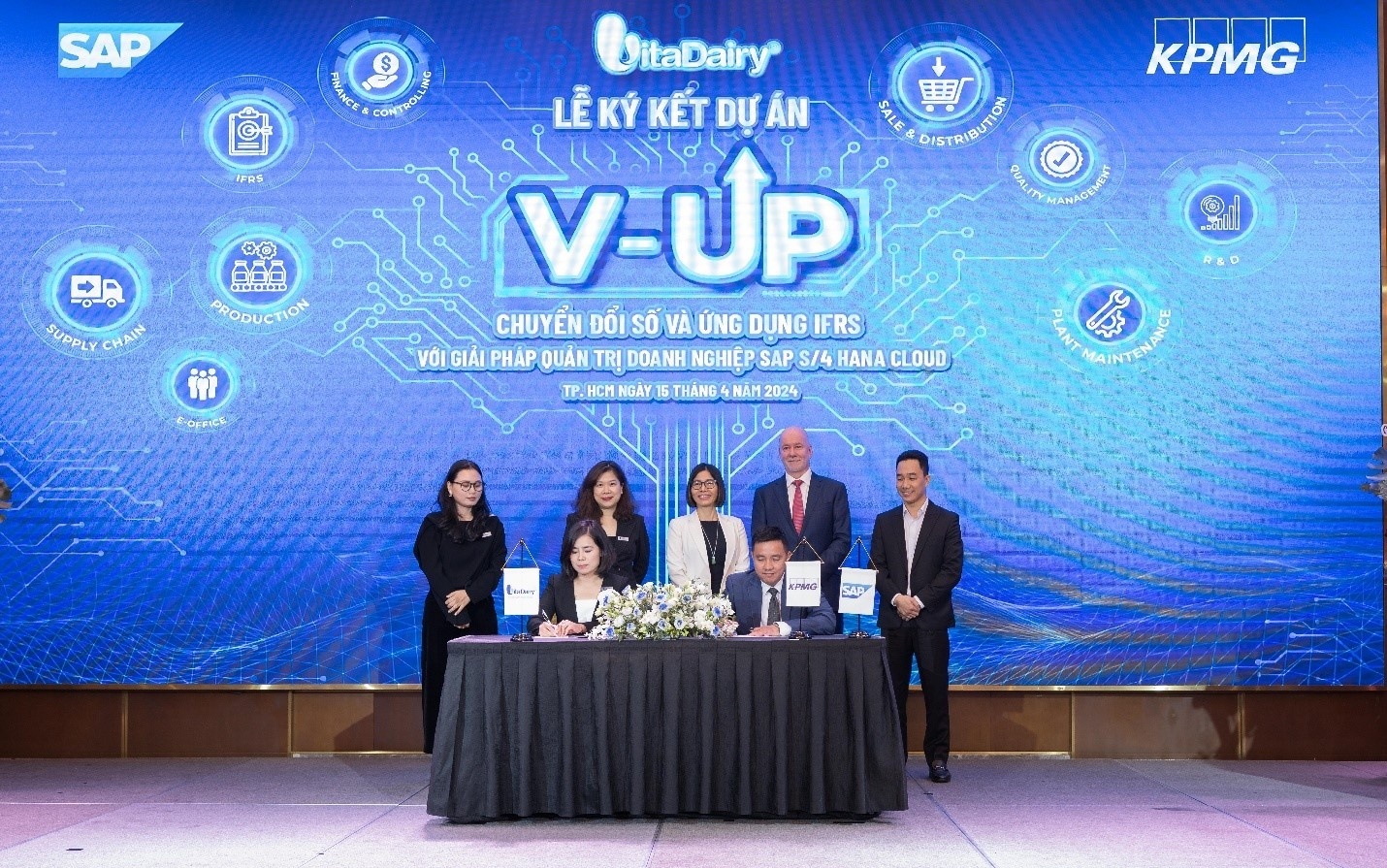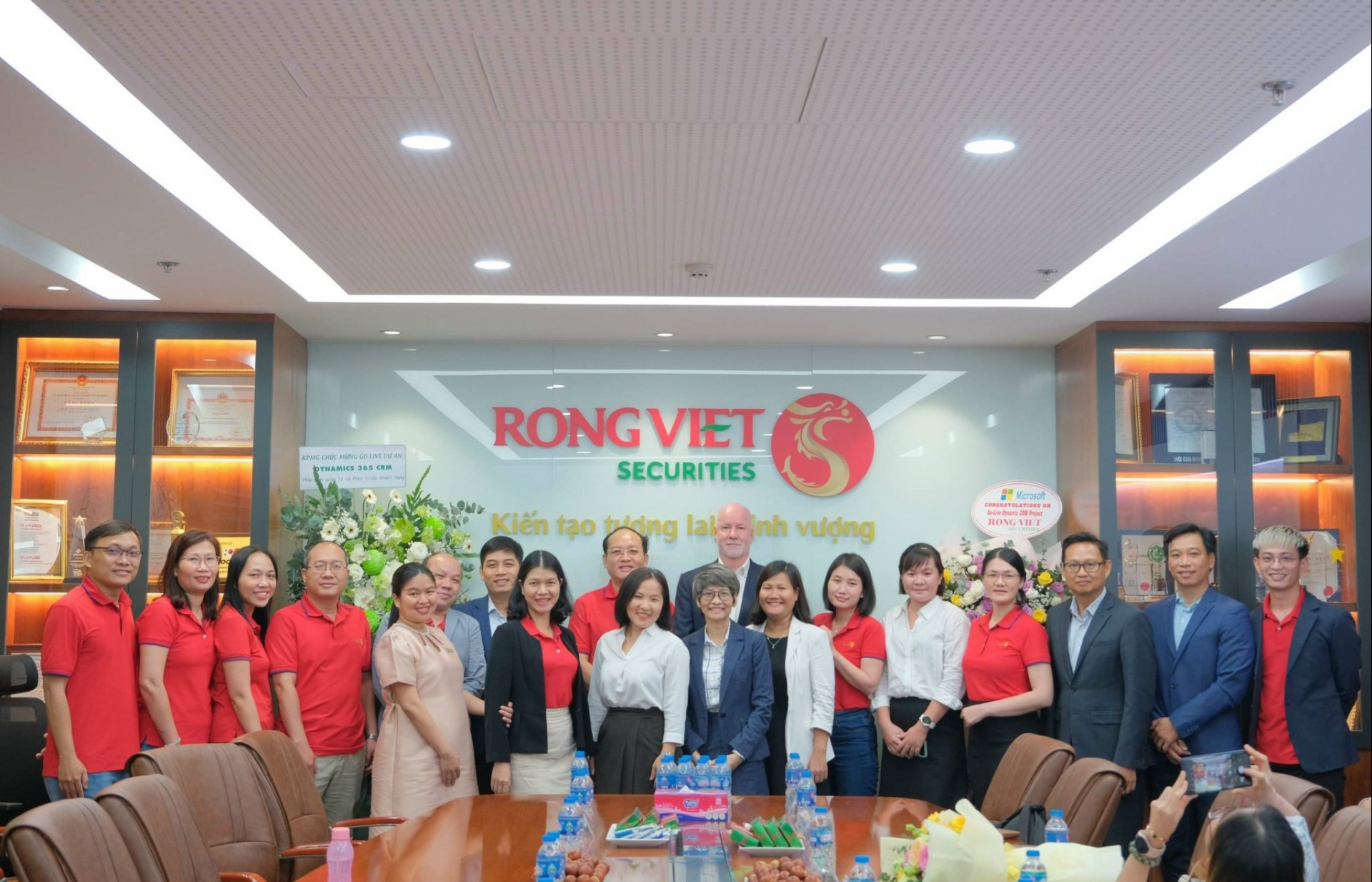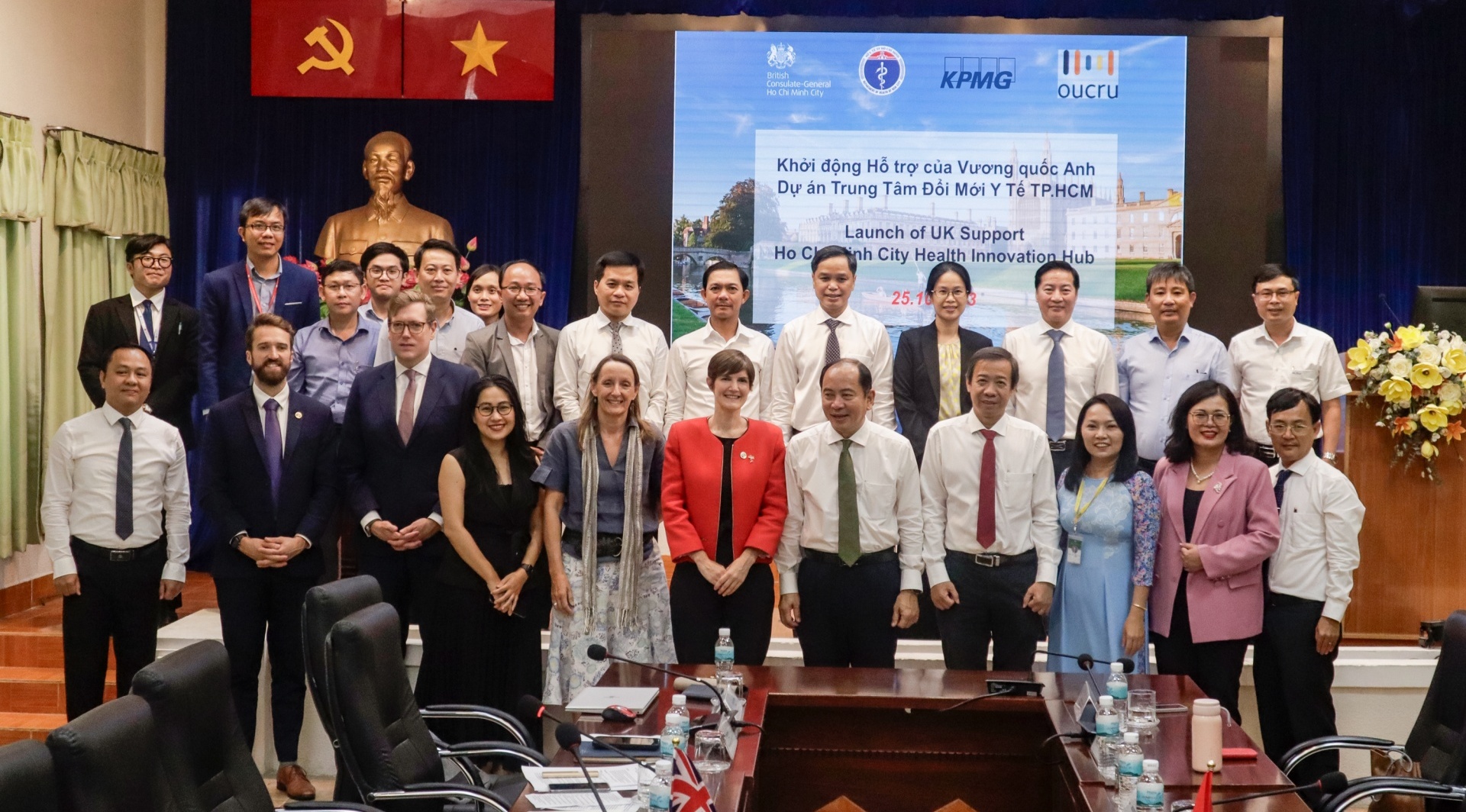Local firms are weary of foreign investment

While many local operators would benefit from the capital and expertise of foreign players,
many are worried it will compromise their statusPhoto: Le Toan
On April 22, 2013, the Ministry of Industry and Trade (MoIT) issued further guidance via Circular 08/2013/TT-BCT (Circular 08) on goods trading and directly related activities (referred to as “trading activities”) of foreign-invested enterprises (FIEs) in Vietnam.
Circular 08 replaced Circular 09/2007/TT-BTM and Circular 05/2008/TT-BCT and came into effect on June 7, 2013.
This is seen by many as a significant attempt to reinvigorate foreign investment in the retail sector by relaxing many of the market development barriers contained within the previous circulars. However, the question now is, “is your FIE in a position to make the most of these changes?” The article below aims to highlight the key changes that offer both the greatest reward, but also those that pose a potential threat to your FIE.
Economic Needs Test (ENT) and the 500sqm exemption
In order to re-emphasise the ENT, Circular 08 established an economic needs assessment council (the “Council”) to assess whether there was sufficient economic need for a FIE to establish a second retail outlet. This will be done on a case-by-case basis and depends on the number of current retail outlets, market stability, population density and scale of the cities or provinces where the new retail outlet location is planned. Whilst at first glance, the establishment of a Council will be seen as reinforcing historic barriers to new markets, in reality Circular 08 introduced an exemption to the ENT provisions effectively removing any such barriers for the vast majority of FIEs.
The exemption will be available where new retail outlets are less than 500 square metres (sqm) in size and are located where zone planning for trading activities has been granted and infra-structure construction has been completed. This should cover small- to mid-sized retail outlets. However, the ENT may still apply if there is a change in zone planning. In addition, a FIE is still required to obtain a retail licence for each individual retail outlet.
If the exemption is not available, the Council’s decision will be issued in writing and forms part of the application dossier for the establishment of a new retail outlet. However, limited information is available on the Council. Circular 08 indicates that it will consist of representatives from the provincial people’s committees, departments of planning and investment (or economic zone management board where the retail outlet is to be located), departments of industry and trade and other agencies determined by the chairman of the provincial people’s committee. However, no information is provided in respect to the representatives’ selection criteria, nor how long this process should take. As such the limited number of FIEs caught by the ENT provisions should expect delays in the application and approval process together with some bureaucratic hurdles.
The right to export goods
Historically, FIEs have great difficulty in exporting goods previously imported into Vietnam due to the lack of clarity over the meaning of “purchase goods in Vietnam”. Circular 08 modifies the term “right to export” to include the exportation of goods that were imported either by itself or another enterprise. This is provided that corresponding tax and other financial obligations have been fully satisfied by all entities in the export chain, although the details of such reporting obligations remain unclear at this time. This is a welcome relaxation of export rights for FIEs and dramatically increases the business opportunities available to them.
However, Circular 08 also indicates that for export purposes, a FIE can only purchase goods and services directly from Vietnamese traders and will not be allowed to establish an export collection facility.
Increased flexibility over distributions for Foreign-Invested Export Process Enterprises (FIEPE)
Under Circular 08, the FIEPE benefits from the changes to the “rights to export” enabling greater flexibility over the sourcing of raw materials. In addition, Circular 08 also increases the FIEPEs flexibility in realising the profits from its production for exportation activities by enabling distribution to EPEs and other enterprises outside the export processing zone in addition to direct exportation.
It should be noted that investment, tax and financial incentives relating to a FIEPEs production for export activities are not extended to the FIEPEs trading activities. These changes should dramatically increase market competitiveness on both ends of the production process, driving investment and growth in this area.
Documentation required for the registration or amendment of trading activities
Circular 08 provides welcome clarity over the supporting documentation required in an application for the registration or amendment of trading activities, however, in doing so the practical list of documents required has been increased. Newly added documents include:
lProof of financial ability and investment experience in exercising the right to export, import, and distribute;
lTax authority confirmation that the FIEs corporate income tax obligations for the most recent two consecutive years have been completed, or written explanation if such document is lacking or unavailable; and
lAnnual reports on the implementation status of the FIE in exercising its right to export, import and distribute. Detailed information such as the name of the selling/buying entities, tax IDs, names of goods, quantities, values, and revenue are required in these reports.
The requirement for the tax authority to get a confirmation document on Corporate Income Tax obligations for the most recent two years is an important requirement in Circular 08.
Conclusion
The introduction of Circular 08 has removed significant barriers to market development and foreign investment and is widely seen as the stimulus needed to reinvigorate foreign investment and grow this sector.
However, while Circular 08 addresses many of the hurdles to market growth, the “white elephant” remains in the room.
Due to the widely drawn definition of a FIE, being ‘a Vietnamese enterprise with foreign-invested capital’ this in effect means that a one per cent foreign investment could turn a Vietnamese enterprise into a FIE, and with it bring a greater level of documentation and operating restrictions to a previously Vietnamese enterprise. Such enterprises are cautious about allowing any amount of foreign investment for fear of losing the freedom of trade that comes with being a truly Vietnamese enterprise. Whilst such a barrier exists true cohesion and the full potential of the market may remain elusive, only time will tell.
(*) Director, Tax & Corporate Services at KPMG in Vietnam
The views expressed by the author here do not necessarily represent the views and opinions of KPMG Vietnam.
What the stars mean:
★ Poor ★ ★ Promising ★★★ Good ★★★★ Very good ★★★★★ Exceptional
Latest News
More News
- Global tax shift forces inevitable adjustment (October 12, 2023 | 11:00)
- Empowering female leaders in tech: insights and aspirations shared at KPMG Tech Innovator 2023 (September 27, 2023 | 18:00)
- Vietnam’s impressive vision for a cleaner energy future (September 12, 2023 | 14:20)
- KPMG tech innovator contest unveils top 6 finalists (July 19, 2023 | 16:32)
- Decoding preferences of investors in tech startups (June 26, 2023 | 13:40)
- KPMG propels private enterprises in Vietnam towards sustainable excellence (June 26, 2023 | 08:00)
- Fundraising challenges must be navigated in uncertain M&A market (June 20, 2023 | 17:00)
- Valuable guidance for operating in Vietnam (June 15, 2023 | 17:14)
- Responding to the changes in the startup environment (June 05, 2023 | 14:19)
- ESG-centric businesses set to gain plaudits for long-term vision (May 04, 2023 | 11:00)
















 Mobile Version
Mobile Version